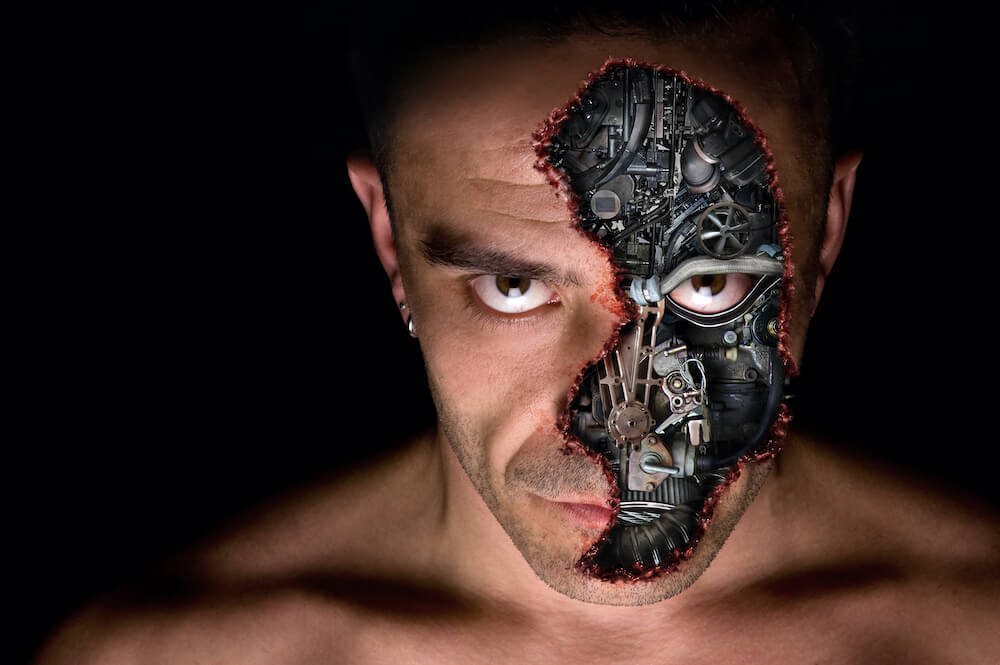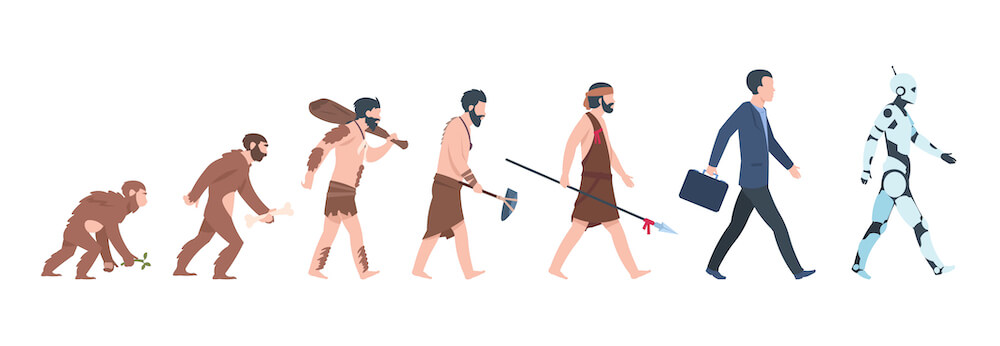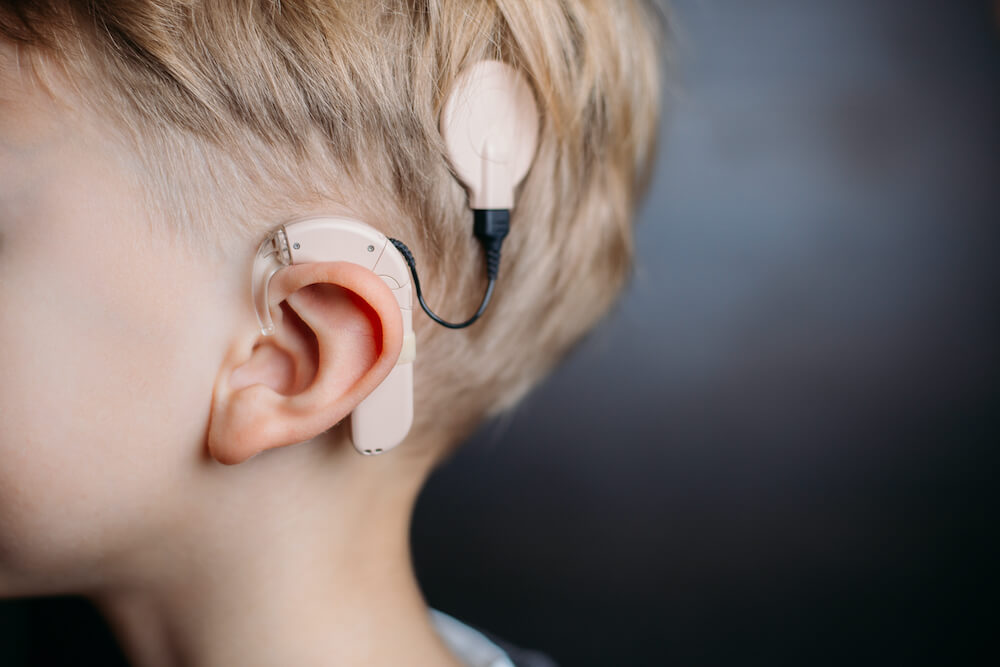Implants and advanced biohacking: how many of us are cyborgs already?
We are used to images of cybernetic people, anthropomorphic robots, and technological body enhancements capable of superhuman feats. Can any of this be real?

Is technological singularity close?
Movies, books, and video games have instilled an image of robotic superhumans in our popular culture. Time and again, we hear of enthusiasts claiming to have achieved some form of cyborgization in real life. Some claim that this future awaits all of us—and becoming cyborgs would be the next logical step in our evolution as a species.

Cyborgization is one of the more popular hypothetical scenarios of achieving technological singularity—a point in the future when our species irreversibly change and a kind of superintelligence emerges, vastly surpassing the humans of today.
But let’s get back to basics. What is a cyborg? Turns out, many people have the vague idea—but not many can provide a concrete definition. So let’s find out.
The word itself—a merger of “cybernetic” and “organism”— was coined in 1960 in a scientific article about space exploration. However, the concept of some human-machine hybrid was already quite popular in the literature. As early as 1843, Edgar Allan Poe published a satirical short story “The Man That Was Used Up,” about an army general almost entirely composed of prostheses.
So, in the widest possible definition, a cyborg is a person who combines both biological and artificial parts, right? However, if we adhere to it, it would mean that many people today are cyborgs already. For example, there are more than 700 000 users of cochlear implants in the world right now.

Or take an even more widespread example: contraception. According to a 2019 study by the UN, 159 million people use intrauterine devices and 23 million have contraceptive hormonal implants.
Turns out, the widest definition is not the most helpful one—unless you’d like to think of nearly 200 million women as cyborgs. But even if you do, you’d run into further complications, as people have been living with artificial objects inside them for thousands of years.

Take the famous remains of Kennewick Man, who lived around 9000 years ago. His skeleton was found with a spear tip embedded in his hip. You might argue that this thing got into him (most likely) involuntarily and carried no useful purpose. However, people had begun voluntarily implanting various objects to heal their injuries several thousand years ago: repairing fractured skulls with golden plates, closing up wounds with metallic sutures, and using wooden prostheses as tooth replacements.
In the 20th century, we perfected this technology, learning how to make implants from polymers, and then with bio-inert materials and metal alloys. Now, most implants are made from biomimetic material and hydrogels to minimize negative side effects and reactions with human tissue. Silicone, polyurethane, and certain metals and alloys, like titanium, can be also used to create mostly inert implants that can be used for a variety of purposes.
With the use of 3D bioprinting technology, scientists are now able to engineer human tissue and even human organs. These artificial products can be used for transplants, in the same way as real tissue.
So, humans have been keen to alter and improve their bodies with technology for a long time. What has changed in the recent past so that we started talking about cyborgs?
Cybernetics, bionics, and implants
If a titanium plate in the skull or a contraceptive implant won’t make you a cyborg, what will? Let’s take a look at the “cybernetic” part of the cyborg definition. In general, “cybernetic” means systems that rely on feedback—that is, can alter the course of action depending on the results of previous actions to keep the defined course. The word comes from the Ancient Greek word that refers to steering a ship; in a ship, you are always making small adjustments to maintain a steady course.
A classic example of a cybernetic implant is a pacemaker—a device that helps to maintain a steady heart rhythm. The first pacemaker was implanted in 1958 to a 40-year-old patient in Stockholm. The device failed in a few hours and had to be replaced; the patients lived for at least 30 more years and had 26 pacemakers altogether.
Cybernetics is a very wide field that intersects with AI research, computer science, robotics, and many other disciplines. Bionics (another compound word, made from biology electronics) is, probably, the most prominent of those when we think of cyborgs.

